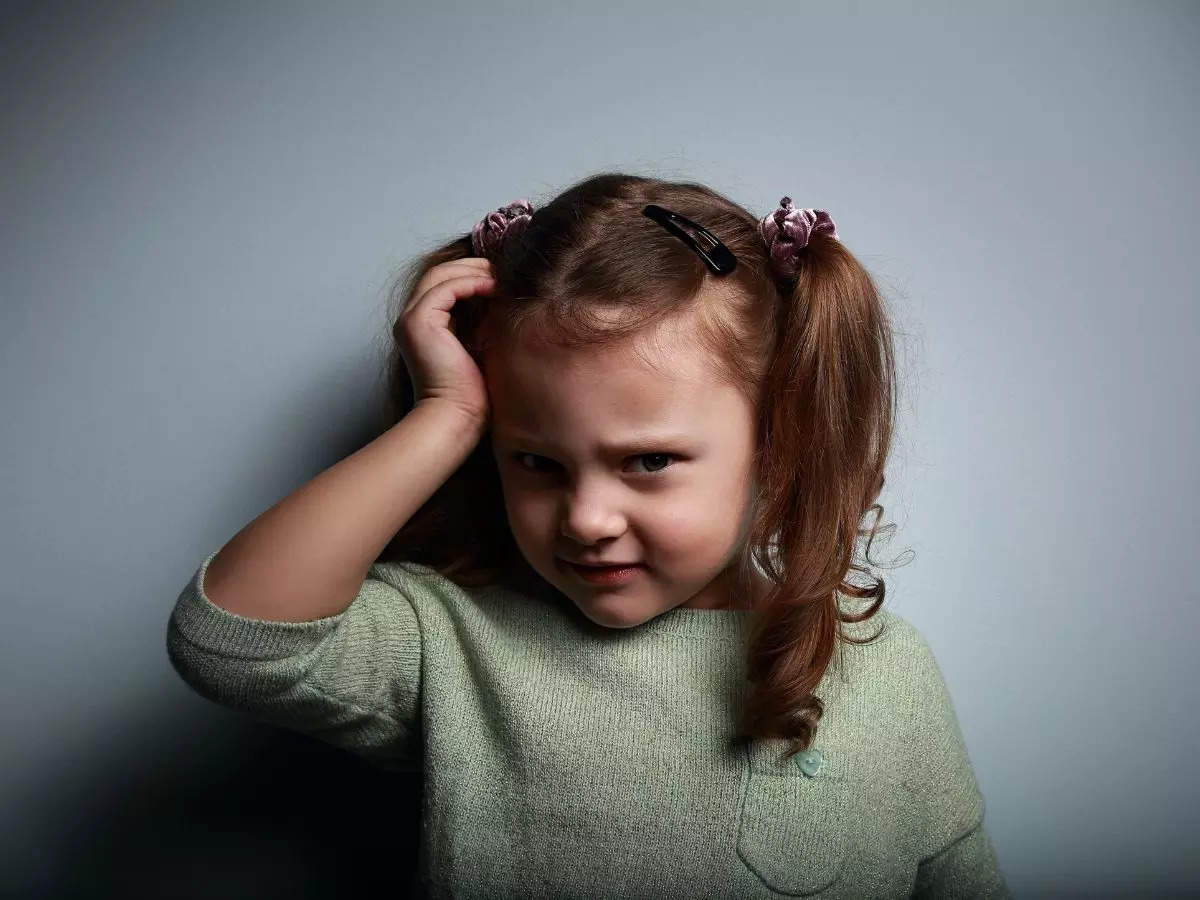
It is quite normal for infants and toddlers to bump their heads on the edges of the table, sides of the bed or to fall from an elevated surface only to experience swelling and pain. But if you as a parent are worried about a serious head injury, it's going to take a lot more than just a slight bump or a harmless fall.
Taking to Instagram, Dr Nihar Parekh, pediatrician, says, "Usually newborns, up to 2 years of age, have flexible skulls, their sutures are not frozen, not fused. Every time this acts as a spring. Any injury on the head, it absorbs the shock, prevents injury from going down and causing any issue to the brain."
According to the doctor, it takes a fall from four feet and above to cause any serious head injury in kids.
"So the commonest form of that injury is either if the child has climbed on the dining table and fallen head first or if a parent holding a child slipped off and fell head first," he explains.
That said, an early diagnosis is the key to preventing any serious complications, which is why Dr Parekh provides some useful insights into how parents can detect possible internal head injury in kids.
Fast-growing swelling in one part of the head
'A persistent sudden onset, fast-growing swelling in one part of the head' can be a tell-tale sign of head injury in kids. If it's 'growing by the hour', 'disproportionately fast', the doctor advises to take immediate action.
Persistent vomiting
If in case the child experiences persistent vomiting in the first 24 hours, again that can be a sign. The vomiting will be 'uncontrollable' and 'back to back' as per the doctor.
Drowsiness
Another sign could be drowsiness, wherein the child is awake but finds it difficult to keep himself or herself up, and keeps falling.
Wavering-walking
Also, one must watch out for any wavering-walking in kids after a fall or bump. This means that your child may not be able to walk in a straight line and may keep falling from one side to the other.
Blood or clear fluid from the nose/ear
One of the warning signs of internal head injury include blood or clear fluid from the nose or the ear, the doctor says.
Convulsion
Lastly, Dr Parekh talks about the most severe and the 'biggest red flag' of head injury, which is 'convulsion.' A convulsion is when the muscles contract and relax quickly and cause uncontrolled shaking of the body. This according to the doctor is a sign of subdural haematoma (SDH), says the doctor.
It is important that parents do not panic. If in case the child has experienced an injury on the head, he advises parents to keep an alarm for every 3-4 hours. At night, he recommends waking the child up and looking for any signs of serious internal injury.
Most importantly, one must stay in touch with their pediatrician and should convey to them the type of injury the child has experienced, so he or she can predict whether the parent needs to be 'extra-vigilant' for the next 24 hours or not.







